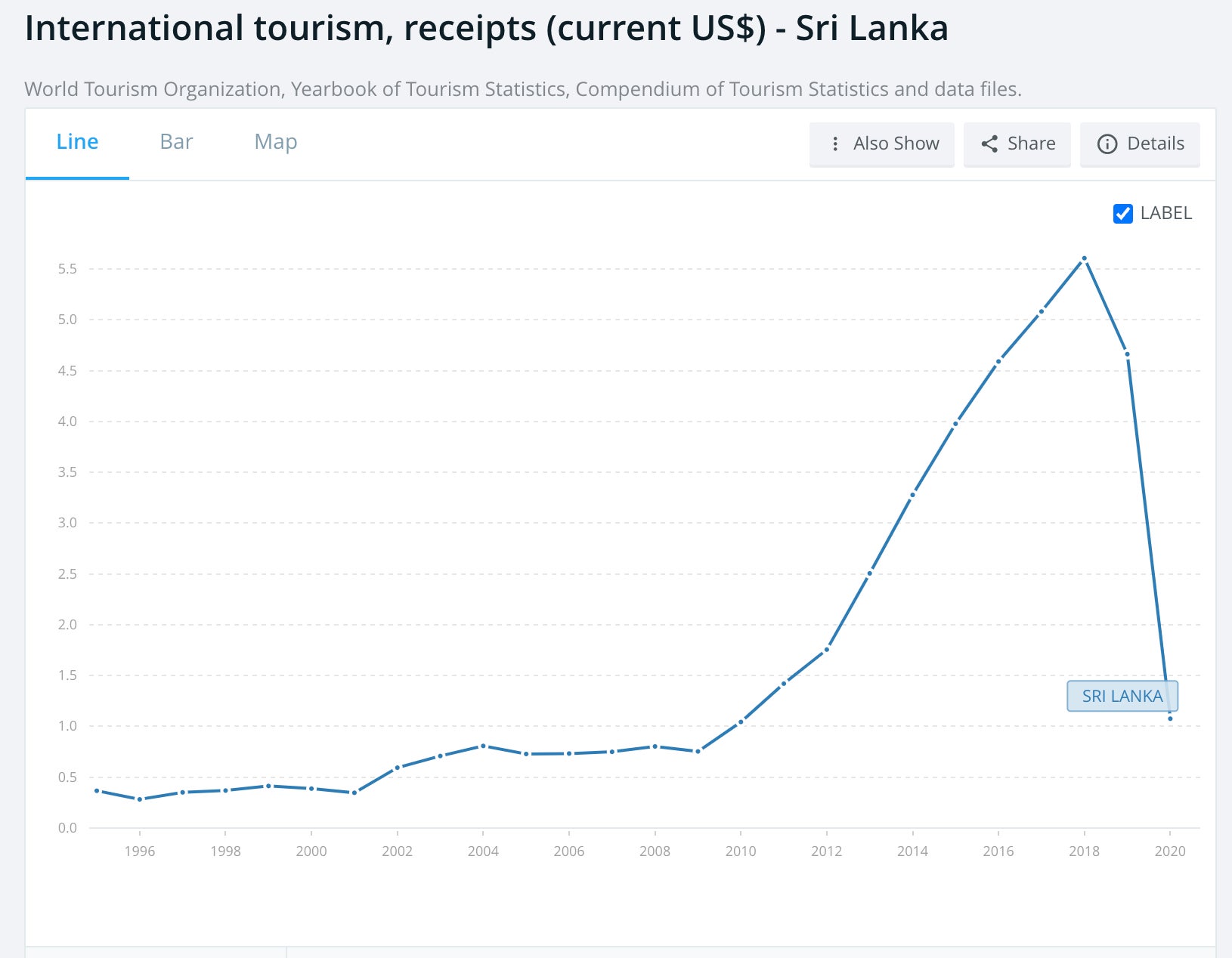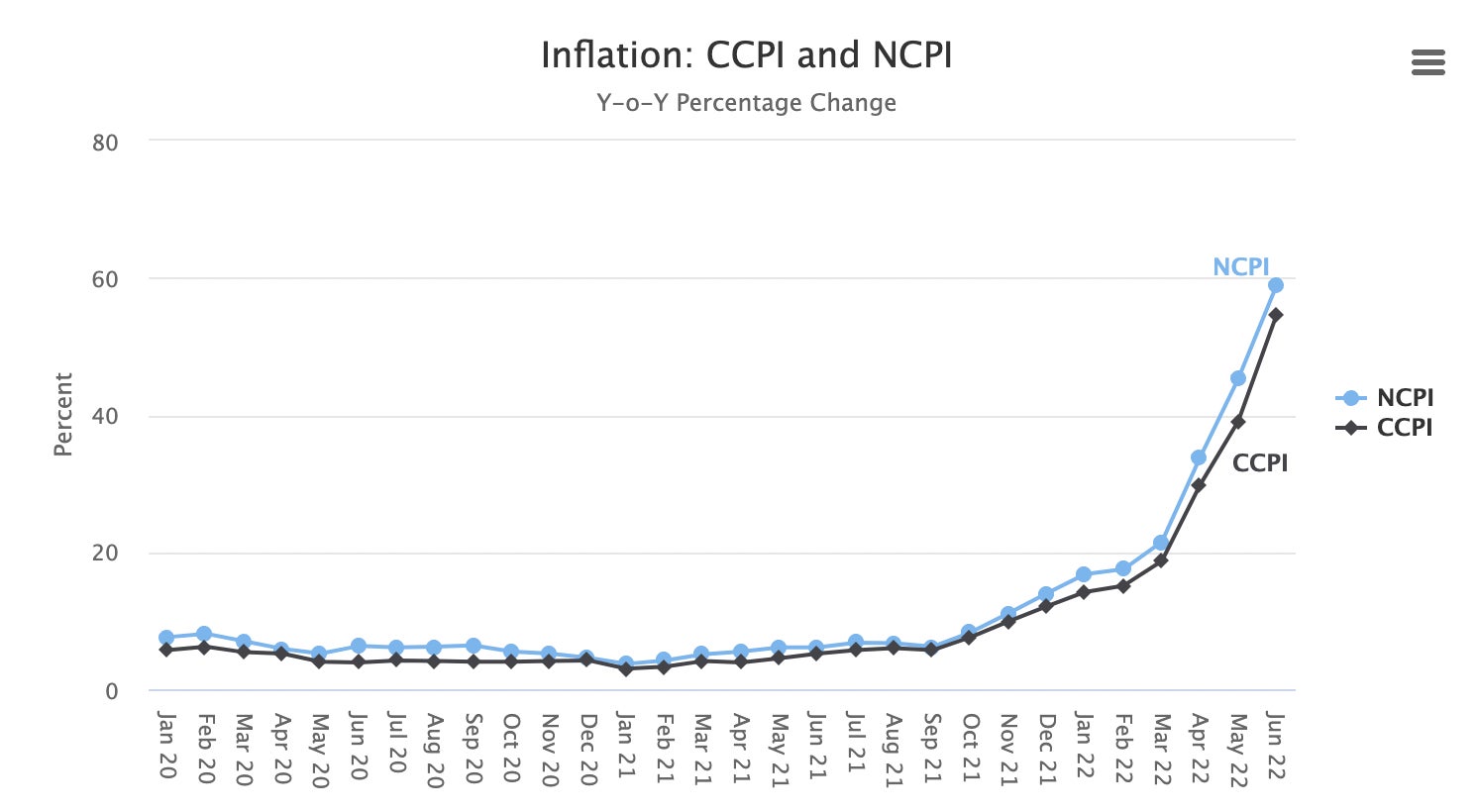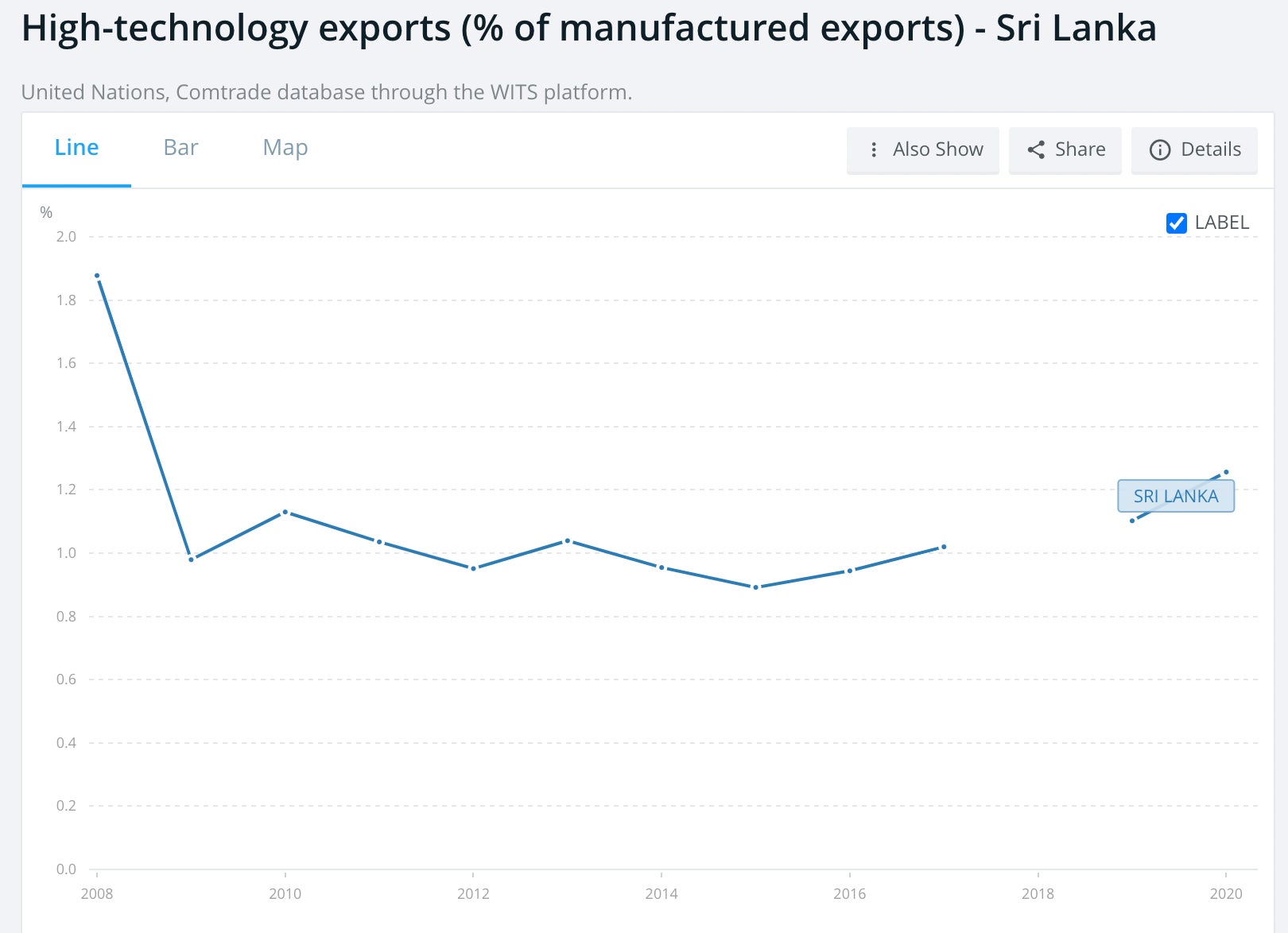Sri Lanka's scientists are fleeing due to the economic crisis
When Sri Lankan president Gotabaya Rajapaksa fled a popular uprising and emailed his resignation from exile on 14 July, he left behind an economic shambles that hit everyone hard, including the country’s researchers and scientists.

When Sri Lankan president Gotabaya Rajapaksa fled a popular uprising and emailed his resignation from exile on 14 July, he left behind an economic shambles that hit everyone hard, including the country’s researchers and scientists.
“Regular power cuts, fuel shortages, increasing cost of living and food crisis emerge as core issues of this economic meltdown, but the science and research field of the country too is severely impacted,” says Meththika Vithanage of the University of Sri Jayewardenepura, a hydrology expert ranked among the world’s top 2% of most cited scientists in 2020.
The island nation relies heavily on tourism and remittances made by its workforce in foreign countries. The covid-19 pandemic affected both these sectors, depleting Sri Lanka’s foreign exchange reserves and the country’s capacity to repay loans. The war in Ukraine only served to worsen the situation as Russia is Sri Lanka’s third biggest export market for tea and, together with Ukraine, are major sources of tourist arrivals.

In April, the Rajapaksa government announced that it would default on payment to creditors totalling a staggering $51 billion and begin a loan restructuring process. In the meantime, the country did not have enough foreign exchange to import essentials, including fuel, which had to be ordered rationed.
Lab supplies run out
Laboratory-based research that relies on imported consumables and equipment had already been impacted as supplies such as nitric acid ran out. “I couldn’t get any chemicals or other consumables for my laboratory this year as the local agent couldn’t purchase them from global suppliers due to the currency issue,” Vithanage told SciDev.Net. Even chemicals that are not expensive became hard to order, she said.
Even more problematic are when equipment starts to breakdown. In January, a high-speed centrifuge in Vithanage’s lab—used to separate samples—malfunctioned and could not be fixed because the parts needed to be imported.
Suppliers demand upfront payments in foreign currencies due to the uncertainties caused by the rapidly declining Sri Lankan rupee. “But according to government financial regulations, such upfront payments are not allowed, and we anyway do not have foreign currencies to make such payments,” Vithanage said.
Field studies too are affected by fuel shortages, with Sri Lankans waiting in queues stretching several kilometres to buy gasoline at high prices. A litre of petrol now costs Rs540 ($1.51), twice what it cost in April. Vithanage, who is doing research on chronic kidney disease that affects farmers in remote rural areas, says it has become prohibitively expensive to do basic work, such as collecting water samples and talking to patients.
State funding halt
Government funding for research projects has dried up. The education ministry’s National Science Foundation (NSF), which allocates $970,000 for research annually, has had to pare down the budget to $139,000 for this year, says its chairperson Ranjit Senaratne. The new government of Ranil Wickremesinghe, sworn in as the new President on 21 July, is likely to further slash the budget, meaning the NSF may not be able to fund new research this year, Senaratne told SciDev.Net.
Financial resources allocation for Research & Development in Sri Lanka. Source: National R&D Survey of Sri Lanka 2018 by the National Science Foundation.
With the cost of living skyrocketing and inflation rate rising to 54.5% in June, everyone in the country has been affected. Research students who are paid minimal salaries and undergraduates who depend on family support have been badly hit, especially those from remote areas who board close to the universities.

The consumer price inflation index increased sharply over past few months, also increasing the cost of education and research. Source: Central Bank of Sri Lanka.
“Initially, we cooked at our boarding house, but now we are forced to buy food from outside due to shortage of gas, but buying food outside is costly as prices doubled over a year,” says Madushika Sewwandi, a chemical technology graduate student from Matara, a town in southern Sri Lanka. She has reduced the frequency of trips going home as cost has become unaffordable.
Government scholarships for undergraduates have been overtaken by rising costs and disbursements are often delayed, says Wasantha Mudalige, convener of the Inter-University Students’ Federation (IUSF). Several students have abandoned university education to look for jobs and support their families that are facing unprecedented hardships, Mudalige said.
Flights for greener pasture
With the situation deteriorating, Sri Lankan professionals and researchers have started leaving the country for better opportunities abroad. During the first five months of the year, the Department of Immigration and Emigration issued 288,645 passports compared to 91,331 passports for the same period last year, according to a spokesperson. There are long queues at the passport office, with applicants having to wait for two months for an appointment to submit documents.
The chart indicates the distribution of researchers in different disciplines in Sri Lanka as per 2018 where many of them are now looking for foreign opportunities to flee the country—National R&D Survey of Sri Lanka 2018 by National Science Foundation.
Many of the scientists who have already left the country are doing so reluctantly. “Some of my colleagues who are trying to leave the country never had such intentions, but circumstances are so dire that they are forced to do it,” Vithanage told SciDev.Net.
Ashani Ranathunga, a young academic with engineering background, is now in the UK working as a lecturer at the University of Leeds. Ranathunga left Sri Lanka with her family and is now thinking of settling in the UK as the situation in Sri Lanka worsens.
“I studied through the free education system of Sri Lanka and always wanted to return the gratitude by serving the country. But the situation has deteriorated so much that now there is no proper platform where we can carry out the research and have a decent living,” she told SciDev.Net.
Failure to mainstream science contributed to the present economic crisis, says Ajith De Alwis, head of the recently established National Innovation Agency (NIA). High technology exports are less than 1% of the total exports of Sri Lanka, way below than Asia’s average of around 30% which is led by Hong Kong at 69%.

But not all are pessimistic about the situation and many researchers say they will stay in the country. “Sri Lanka is a fantastic place for research, and if you can pitch it right, there are enough foreign funds any researcher can secure,” says civil engineering professor Rangika Halwatura of the University of Moratuwa, who was also the former commissioner at the Sri Lanka Inventors Commission.
Sri Lanka’s research community needs to become more efficient to find its way through the present economic hardships, Halwatura said. He said that multiple research teams often simultaneously carried out similar research projects due to a lack of collaboration and openness between scholars in Sri Lanka.
“We need to start sharing resources, utilising available funds as the upcoming years are not going to be easy,” he said.
This piece was produced by SciDev.Net’s Asia & Pacific desk. We welcome your comments at [email protected].
